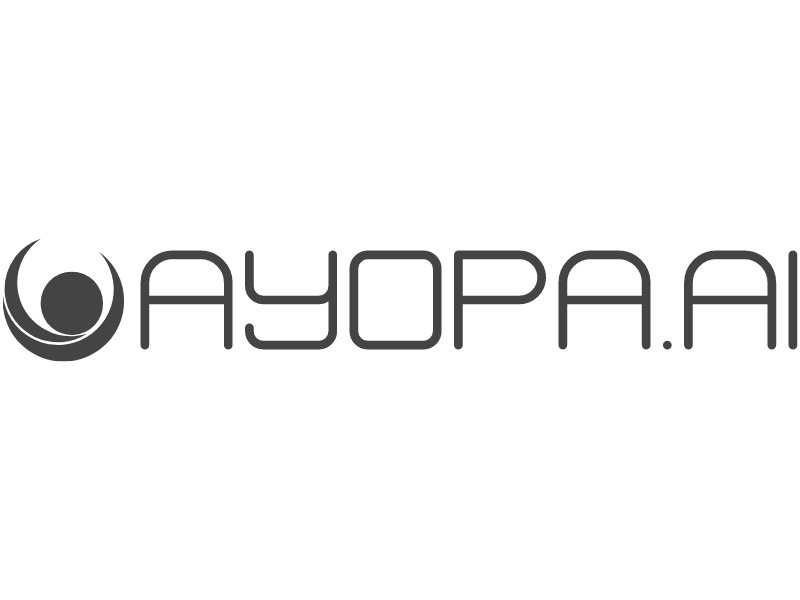Read an overview about Voice Technology
Voice technology is a rapidly growing field focused on enabling machines to understand, process, and respond to human speech. Through the development of AI-powered voice assistants like Siri, Alexa, and Google Assistant, this technology has transformed how people interact with devices, making communication more natural, intuitive, and hands-free. Voice technology integrates disciplines such as natural language processing (NLP), machine learning, linguistics, and human-computer interaction to create systems capable of engaging in real-time conversation with users.
At the core of voice technology is speech recognition, the ability of a computer to convert spoken language into text. Early speech recognition systems were limited to recognizing specific phrases or commands. However, with advances in deep learning algorithms and the availability of large datasets, modern voice assistants can understand a wide variety of accents, dialects, and even contextual nuances. Once the speech is transcribed into text, natural language understanding (NLU) comes into play, allowing the system to interpret the user’s intent and respond appropriately.
Voice assistants use machine learning models that are trained on millions of examples to continually improve their ability to recognize patterns in speech and predict user needs. These systems also incorporate conversational AI, which enables them to handle follow-up questions, maintain context over a conversation, and provide personalized responses. This creates the experience of a fluid, human-like interaction rather than a series of disconnected commands.
Building effective voice technology involves addressing several technical challenges. Accurately recognizing speech in noisy environments, distinguishing between different users’ voices, understanding multiple languages, and maintaining privacy and security are critical areas of research and development. Innovations such as wake word detection (“Hey Siri,” “Alexa”) allow devices to remain passive until specifically activated, conserving processing power and safeguarding user data.
The applications of voice technology are expanding beyond smartphones and smart speakers. It is being integrated into cars, home appliances, healthcare devices, and customer service systems. In healthcare, for example, voice-activated systems can help doctors document patient information hands-free, improving efficiency and reducing administrative burdens. In business, virtual assistants can schedule meetings, manage emails, and streamline workflows.
As voice technology continues to evolve, developers are working to make interactions more natural and emotionally intelligent, allowing AI to detect the speaker’s tone and mood. Ethical considerations, such as ensuring data privacy, avoiding biases, and creating inclusive systems that work well for diverse populations, are also gaining attention.
Voice technology represents a major shift in human-computer interaction, moving towards a future where talking to machines is as natural as talking to another person. Through continual advancements in AI, voice assistants are becoming increasingly intelligent, personalized, and indispensable in daily life.
